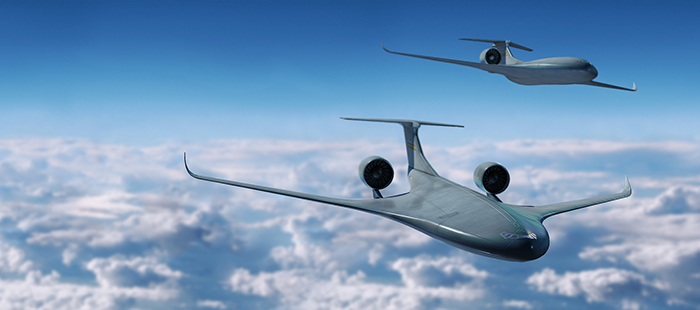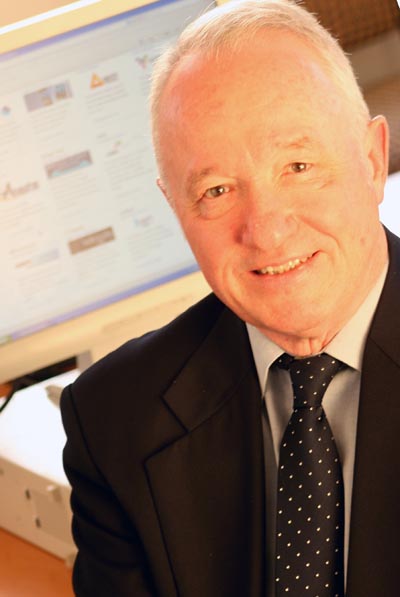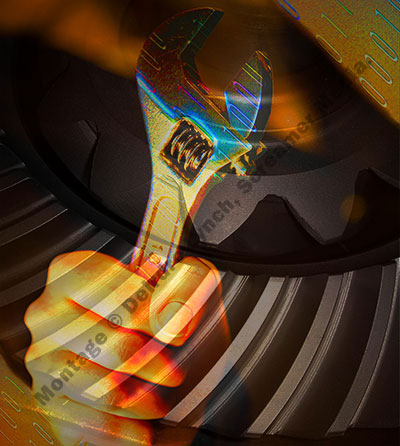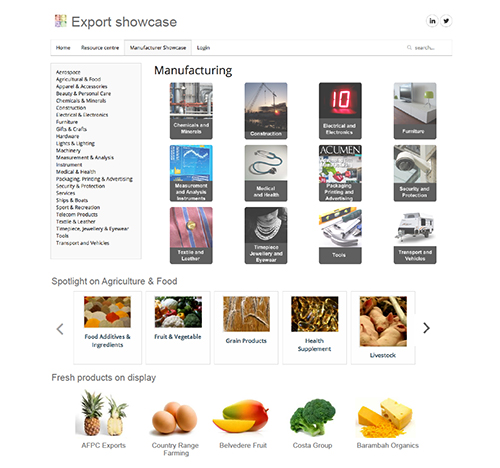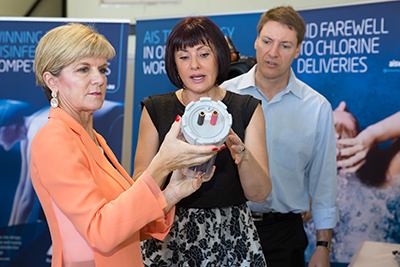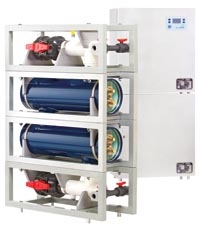Australian businesses see overseas manufacturing ‘fail’
DESIGN and manufacturing firm Evolve Group has come out strongly in favour of manufacturing in Australia after witnessing many companies ‘fail’ in offshore ventures from crippling, unexpected and hidden costs.
Evolve Group managing director Ty Hermans said he had observed Australian businesses sink millions of dollars into offshore manufacture in the misled belief it reduces production costs and increases product profitability. 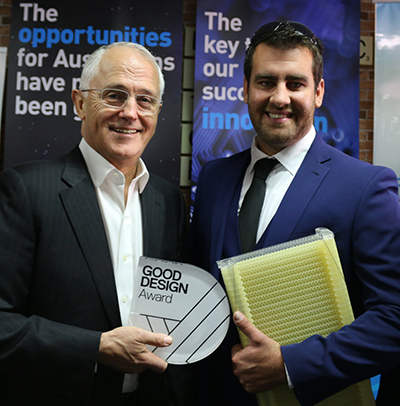
Mr Herman said instead many discovered massive time wastage, high freight expenses, and hidden costs eating into profitability – in some cases preventing a product’s delivery to market.
But Mr Hermans said the perception of offshore manufacturing profitability persisted “even though the reality rarely reflected this”.
“Australian businesses are being blindsided by hidden costs often beyond their control in their quest to increase product profitability or even bring a new product to market,” Mr Hermans said.
“We have seen countless product designs head overseas to be manufactured without businesses taking into consideration all the steps involved in this process and how it will impact their business.”
During its 10 year history Evolve Group has helped clients revise designs for effective manufacturing ease and in the process helped them save significantly on their projects.
“In some cases we’ve shortened the design to market process and manufacturing has occurred in just over a week – this is a massive saving if you compare it to overseas scoping, design to manufacturer, product sitting on the dock, and transportation time,” Mr Hermans said.
Specialising in end-to-end product design, development and manufacturing, Mr Hermans said Evolve Group was setting the benchmark for the future of Australian manufacturing and saving businesses thousands of dollars in the process.
Evolve has been responsible for the successful manufacturing of Australian-designed products including TRED Pro and the revolutionary Flow Hive.
Mr Hermans said the ability for clients and manufacturers to meet face-to-face and sit-down to discuss their designs in detail was what made manufacturing a viable and profitable possibility in Australia.
“By working with a client right from the start of a new idea, through to manufacturing and launching to market, allows manufacturers the opportunity to give sound advice quickly to get the best result and reduce costs,” Mr Hermans said.
Evolve Group was established in 2006 by Ty Hermans, a 33-year-old Brisbane-based inventor. Evolve won two awards at the 2015 Good Design Awards and were listed as one of BRW’s 50 most innovative companies of 2015.
ends

 How to resolve AdBlock issue?
How to resolve AdBlock issue? 